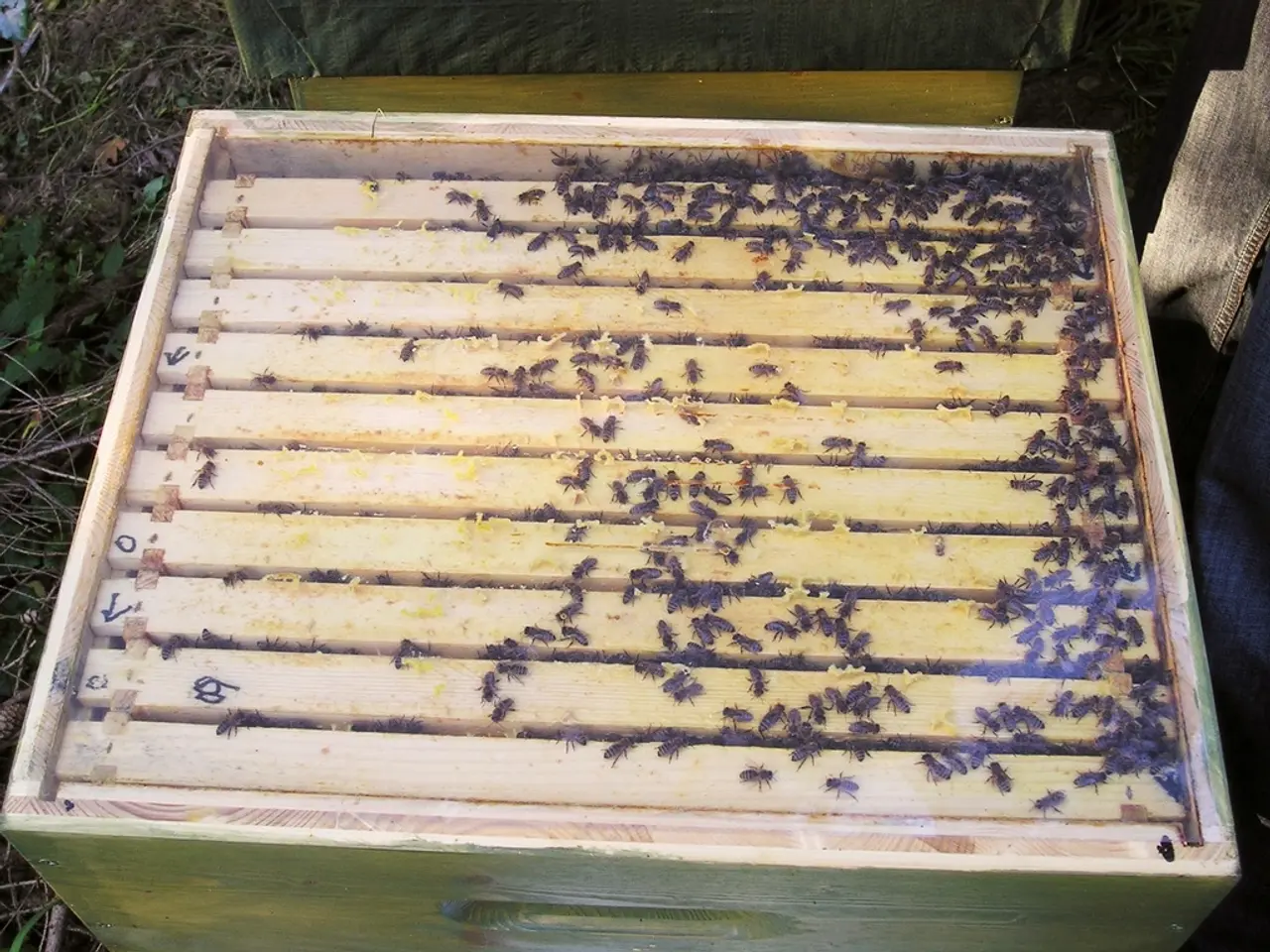Effective and Affordable Pest Repellent Technology That Functions Successfully
In the heart of urban landscapes, maintaining a thriving garden can be a challenge due to pesky critters. However, with the advent of technology, it's now possible to create an automated pest deterrent system that is both effective and humane. Here's a guide on how to build one for your urban garden.
Choosing the Right Components
The first step is to select the right components for your system. These may include an ultrasonic transducer, infrared motion sensor, microcontroller, relay or MOSFET, weatherproof plastic project box, and a power source such as a USB power bank or small solar battery.
When choosing a product, consider factors such as warranty, noise level, and humane features. Aim for a minimum of a 1-year warranty and easy replacement/refund terms. Low noise levels are important to ensure the system doesn't disturb your neighbours, while non-lethal methods are crucial for the welfare of the animals.
Setting Up the System
Mount the device in an enclosure with drainage holes and aim it at the protected area. This could be near entry points and food sources such as trash bins, compost, shed doors, under decks, and planter edges.
Programming the System
Program short, randomized burst patterns to avoid habituation. Schedule a simple weekly cleaning and battery check, including wiping solar panels and speaker grilles, removing webs and leaves, and checking batteries.
Adjust burst length if devices are too frequent or loud, change the pattern or add a second modality if animals ignore it, and rotate deterrents every 7-14 days to prevent habituation.
Testing and Adjusting
Test each device after installation to confirm it scares animals away without harming them and fine-tune angle and sensitivity to reduce false triggers. Watch out for ultrasonic output losing effectiveness in open windy zones and motion sprinklers splashing paths if placed too close.
Monitor weekly and adjust sensitivity as needed. If passing cars or pedestrians trigger the system, lower sensitivity. If small pests slip by, increase sensitivity.
Adding Smart Features
To make the system more efficient, consider adding smart features like wireless sensors, cameras/logging, and smartphone alerts. This will help you keep track of pest activity and make adjustments as needed.
Going Solar
For solar-powered deterrents, install them where panels get 4-6 hours of sun daily, faced south (Northern Hemisphere) or north (Southern Hemisphere) at a 20-40° angle, and mounted 1-2 feet above ground.
Finding Cost-Effective Solutions
When shopping for cost-effective automatic pest deterrent systems, focus on real coverage, low running cost, humane methods, and neighbourhood-friendly noise levels. Before buying, measure the area to be covered, check the detection and effect range, note the power source, read at least five recent reviews, and compare cost per year.
For those in Germany, researching specialized German AgriTech companies such as Stadtgemuese, which offers innovative, sustainable growing systems, or exploring platforms like F6S that list German startups in agricultural technology can help locate suitable products. Additionally, contacting manufacturers known for scalable, modular insect farming machinery and customized solutions can also help.
Affordable and DIY Solutions
For a more budget-friendly option, consider building your own low-cost electronic pest repellers for balcony boxes and small urban plots. This can be a fun and rewarding project that provides a custom solution tailored to your specific needs.
With these tips in mind, you're on your way to creating an effective and humane automatic pest deterrent system for your urban garden. Happy gardening!
Read also:
- EU Shifting India Towards Its Sphere, Countering Russia's Influence
- Water-Based Adhesives Industry Forecasted to Reach USD 51.6 Billion by 2034
- Community-Focused Aged Care in Wollongong: Prioritizing Community and Compassionate Care
- Enhancing anti-inflammatory responses and promoting oral hygiene by means of turmeric




